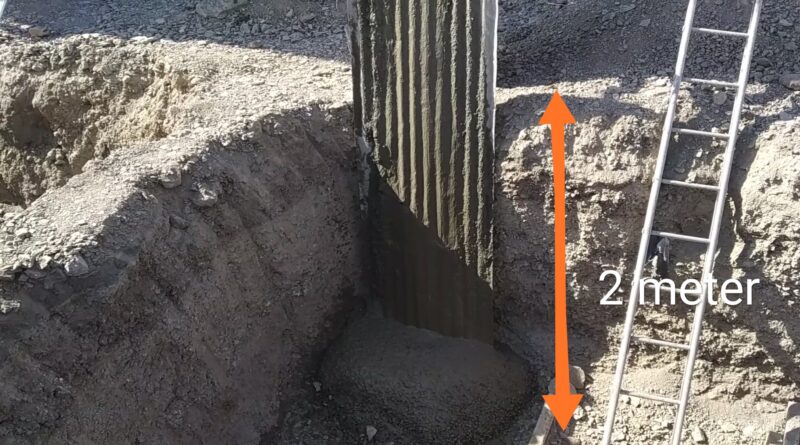Civil Engineering Tips – Points to Remember for Civil Site Engineer
The practical things a civil engineering student should know also depends on the future plans of the student after completing his/her graduation. But in this blog i will tell you these type of things that Every civil Engineer Should know in every Construction
Cube samples required for different quantity of concrete
| Quantity of Concrete | Number of cubes required |
| 1 – 5 m3 | 1 No’s |
| 6 – 15 m3 | 2 No’s |
| 15 – 30 m3 | 3 No’s |
| 31 – 50 m3 | 4 No’s |
| Above 50 m3 | 4 + 1 No’s of addition of each 50 m3 |
Densities of Various Construction
- Density of Window Glass: 2580 kg/m3
- Density of Cement: 1440 kg/m3
- Density of Cement Mortar: 2080 kg/m3
- Density of Brick: 1600-1920 kg/m3
- Density of Brick Masonry: 1920 kg/m3
- Density of Dry Sand: 1600 kg/m3
- Density of River Sand: 1840 kg/m3
- Density of PCC: 2240 kg/m3
- Density of Steel: 7849 kg/m3
- Density of Cast Iron: 7208 kg/m3
- Density of RCC 2% Steel: 2420 kg/m3
- Density of Aluminium: 2739 kg/m3
- Density of Gravel with sand: 1920 kg/m3
- Density of Crushed Stone: 1600 kg/m3
- Density of 4 inches Brick w/½” mortar: 673 kg/m3
- Density of 8-inch Concrete Block w/½” mortar: 881 kg/m3
- Density of 12-inch Concrete Block w/½” mortar: 1281 kg/m3
- Density of A. C. Sheet Corrugated: 16 kg/m3
- Density of Teak Wood: 670–830 kg/m3
- Density of Marble: 2560 kg/m3
- Density of Limestone: 2739 kg/m3
- Density of Granite Stone: 2460–2800 kg/m3
- Density of Tar:1150 kg/m3
- Density of Concrete: 2370 kg/m3
What is the function of a sand layer underlying paving slab/interlocking blocks?
Normally after the laying of sub-base layer of the paving slab/interlocking blocks, a 30mm thick sand bedding is screeded and tamped over the pavement area.
Then paving slabs are laid horizontally with joints of 2-3mm wide and are laid in uphill direction. After completing the laying of paving slabs, sand used for filling joints is spread over the surface of the units and brushed into the joints such that all joints are completely filled. The paving slabs are then bedded into final position by using plate vibrators.
The sand layer serves the same purpose of normal blinding layer under concrete structure: (i) Provide a level and flat surface for the paving slab/interlocking blocks to lay on; (ii) Protect the foundation (i.e. underground sub grade and sub-base layer) against adverse outside conditions (e.g. bad weather) during construction of the laying work of paving slab/interlocking blocks.
Important Tips
Hook for strriups (one side) – 9D
No. of strriups = (clear span/spanning) + 1
Length of main steel in cantilever anchorage – 69D.
Minimum no. of bars in square column – 4
Minimum no. of bars in circular column – 6
Minimum dia of main bars and distributors in the slab – 8 mm.
Maximum dia of main bars and distributors in the slab – 1/8 of slab thickness.
All reinforcement should be free from mill scales, loose rust, and coats of paints, oil or any other substances.
Minimum thickness of slab – 125 mm
Dimension tolerance for cubes – +2
Maximum free fall of concrete – 1.50 m
Lapping should not be used for the bars having larger dia than 36 mm.
Binding wire required for steel reinforcement – 8 kg per MT
3 samples should be taken for every 100 m2 in core cutting test.


Good day,
I.highly appreciated the topics in your web, this will give me further enhancement to my CIVIL ENGINEERING students now.
Could you email me more topics in Civil Engineering specifically in Construction
Thank you so much, and God bless.
Lester
message me on whatsapp 7006672812
Tell us how to proportionate concrete in site
blog soon on it
read article search in our website